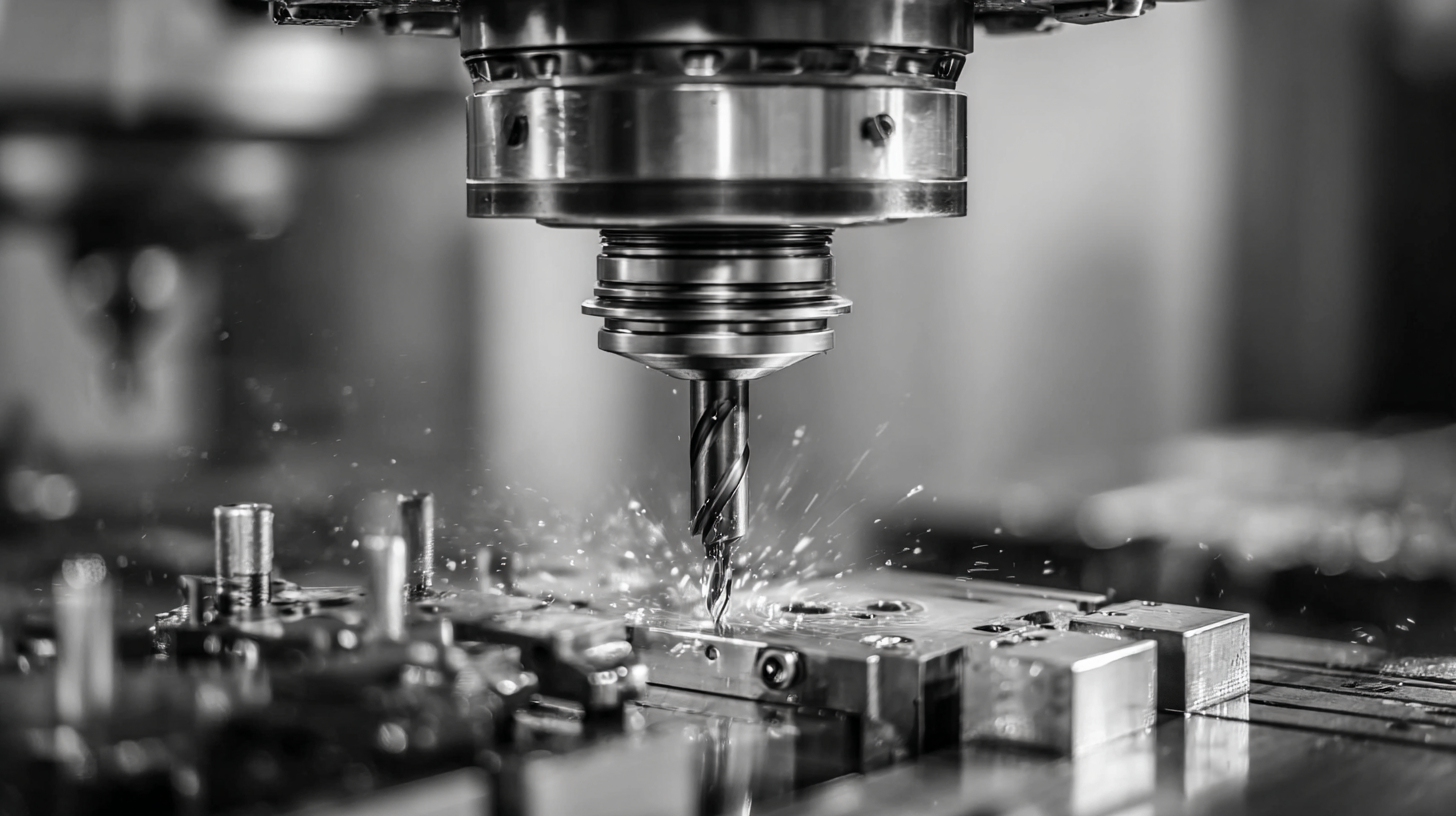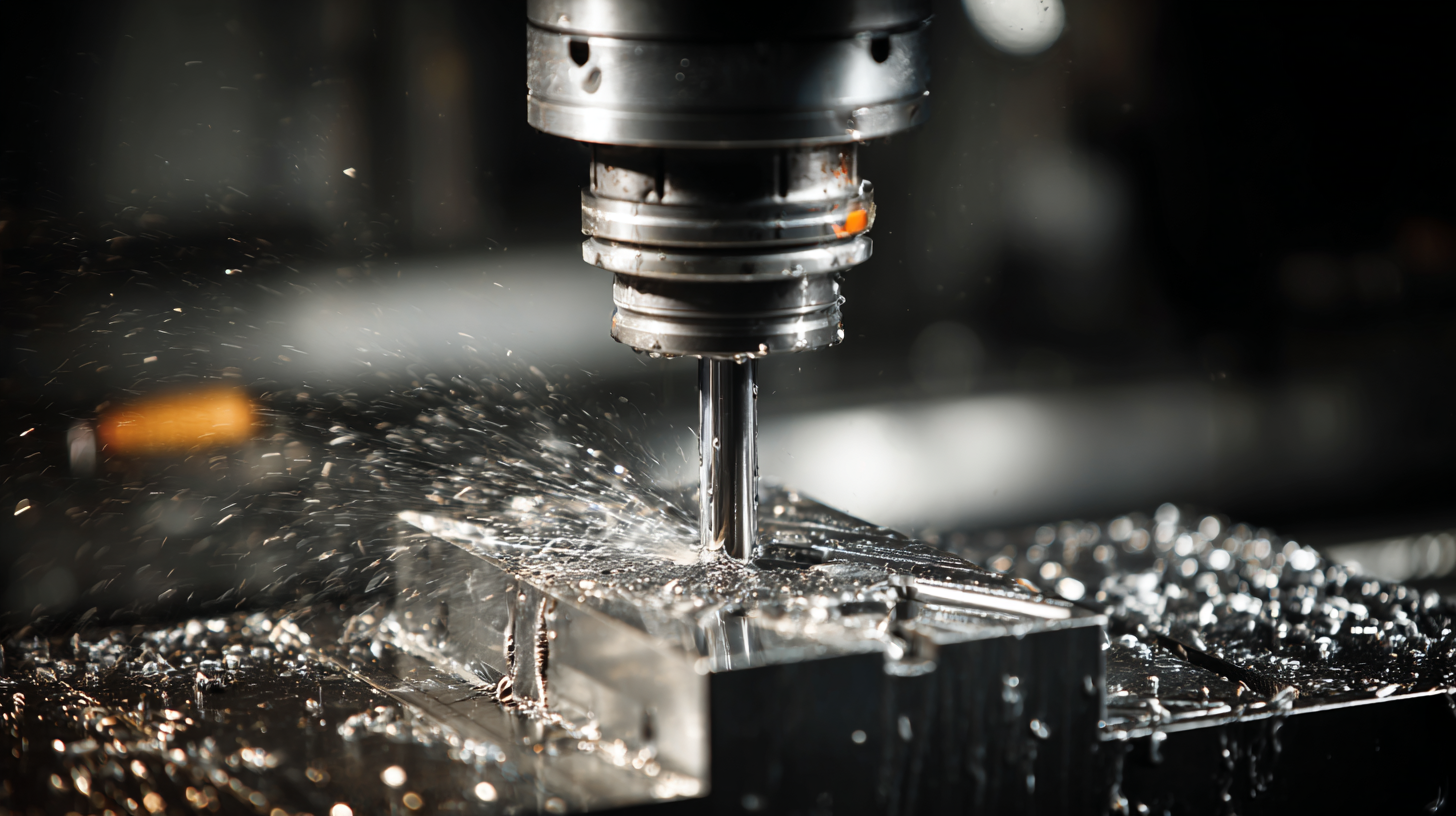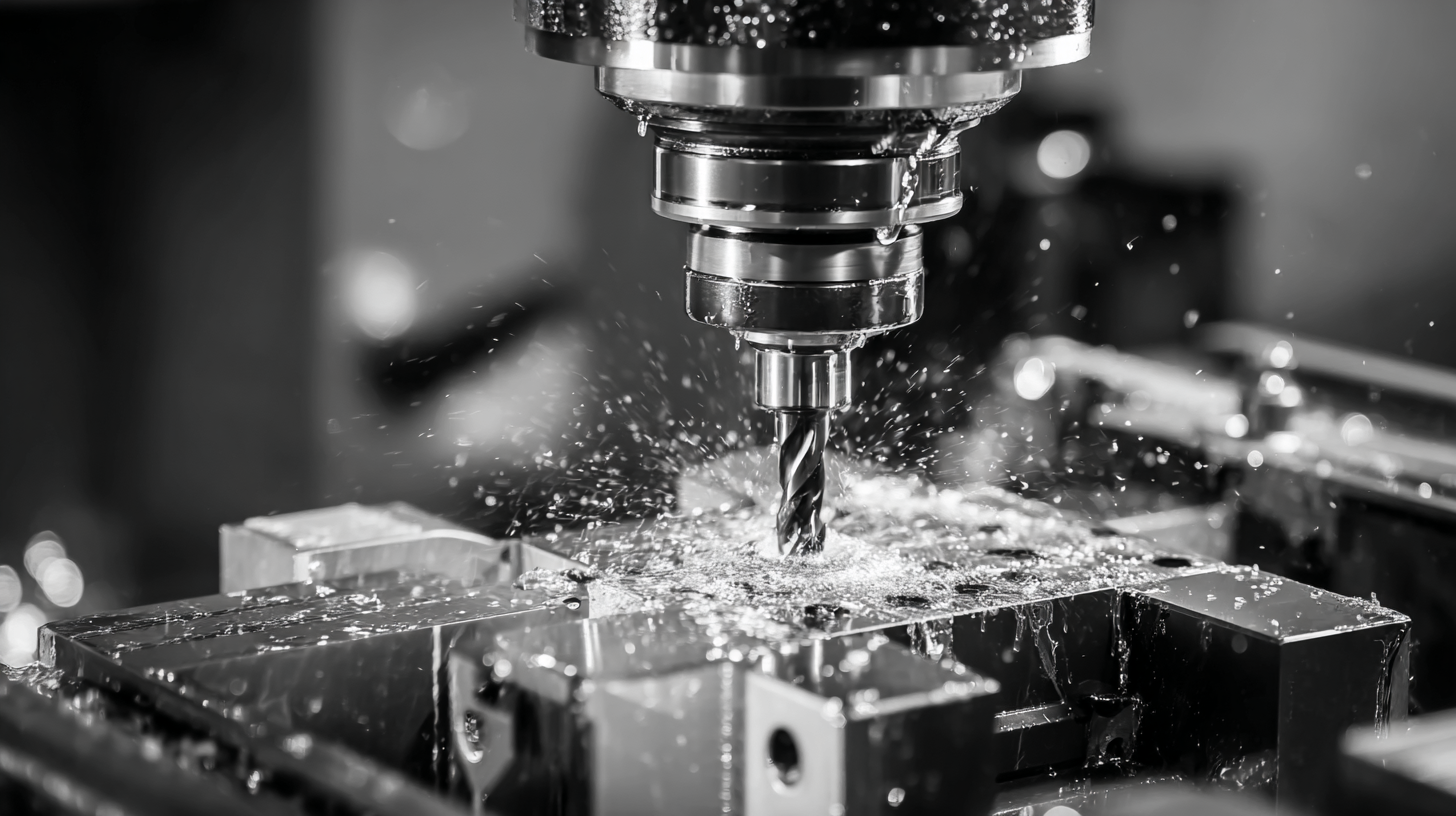
In the rapidly evolving landscape of global manufacturing, the selection of high-quality milling tools has become a critical factor for achieving operational efficiency and precision. According to a report by MarketsandMarkets, the global milling tools market is projected to reach $16.99 billion by 2025, growing at a CAGR of 5.89% from 2020. This growth is driven by the increasing demand for automation and the rise of advanced manufacturing technologies. As industries seek innovative solutions to streamline production processes and enhance product quality, choosing the right manufacturer of milling tools is paramount. This blog will explore the innovative applications of these essential tools, the criteria for selecting premium manufacturers, and solutions tailored to meet diverse operational challenges. By leveraging the best milling tools available, manufacturers can not only optimize their production lines but also contribute to the sustainability and competitiveness of their operations in the global market.

The manufacturing industry is experiencing a paradigm shift driven by the integration of leading milling tools that enhance efficiency and precision. According to a report from MarketsandMarkets, the global milling tools market is projected to reach $12.8 billion by 2026, growing at a CAGR of 6.2% from 2021 to 2026. This surge is largely due to advancements in tool design and materials, which lead to longer tool life and reduced operational costs. Companies are increasingly adopting high-performance milling tools that incorporate coatings and advanced geometries, setting new benchmarks in production efficiency.
To maximize the advantages of these cutting-edge milling tools, manufacturers should consider implementing real-time data analytics to monitor tool performance. This approach not only extends tool lifespan but also reduces waste by ensuring optimal usage in precision applications. Additionally, investing in employee training can significantly improve the effective application of these tools, empowering workers to adapt to new technologies swiftly and effectively.
As businesses embrace these innovative milling solutions, it's crucial to stay informed about the latest trends and developments in tooling technology. Engaging with industry reports and participating in relevant workshops can provide valuable insights, allowing manufacturers to remain competitive in an evolving marketplace.
This chart illustrates the impact of various milling tools on the manufacturing process efficiencies across different industries. The data reflects the percentage increase in efficiency attributed to the use of innovative milling techniques over the past year.
In the contemporary landscape of manufacturing, precision has become a pivotal focus driven by emerging technologies in milling. The introduction of computer numerical control (CNC) systems has transformed traditional milling processes, enabling manufacturers to achieve unparalleled accuracy and repeatability. By integrating advanced algorithms and real-time data analytics, these systems optimize tool paths and reduce waste, allowing businesses to produce intricate designs with minimal error margins. This shift not only boosts productivity but also enhances the overall quality of the finished product, positioning companies at the forefront of competitive innovation.

Furthermore, the incorporation of intelligent tools equipped with IoT capabilities is revolutionizing the milling sector. These smart tools can monitor their own performance, providing critical insights into wear and tear, which facilitates predictive maintenance. As a result, manufacturers can preemptively address issues before they disrupt production, ensuring uninterrupted operations and cost savings. Additionally, the use of advanced materials like ceramics and composites for milling tools is enhancing durability and heat resistance, which is crucial for high-speed applications. Such advancements solidify the importance of milling technology in driving efficiency and precision in global manufacturing processes.
Sustainable milling practices are becoming increasingly critical as the manufacturing sector faces mounting pressure to minimize environmental impact. The implementation of green chemistry in various manufacturing processes, including automotive and pharmaceuticals, has shown promising results in reducing waste. For instance, micronization has emerged as a crucial technique for producing active pharmaceutical ingredients (APIs), necessitating the development of more eco-friendly milling methods. By prioritizing sustainability, manufacturers can achieve better efficiency while lowering their carbon footprint.
Moreover, advancements in technologies such as additive manufacturing and laser beam powder bed fusion are paving the way for sustainable milling practices. These innovations not only enhance production capabilities but also address concerns related to energy consumption and material wastage. As industries adapt to these cutting-edge techniques, the landscape of manufacturing continues to shift towards more responsible practices. The commitment to sustainable manufacturing reflects a broader trend, emphasizing the need for continuous improvement and innovation in milling processes to create a greener future.

The adoption of innovative milling tools is not just a trend; it’s a significant factor reshaping the landscape of global manufacturing. According to a recent report by MarketsandMarkets, the global milling tools market is projected to reach USD 14.23 billion by 2025, with a CAGR of 7.6%. This growth emphasizes the increasing reliance on advanced milling technologies, which enhance precision and efficiency across various sectors such as aerospace, automotive, and medical manufacturing.
Case studies spotlighting successful implementations of innovative milling solutions provide valuable insights into this transformation. For instance, a leading automotive manufacturer recently integrated high-performance carbide end mills into their production line, resulting in a 30% reduction in machining time while improving part accuracy by 15%. Similarly, a medical device company reported a remarkable 25% increase in production output after adopting innovative CNC milling tools designed for complex geometries. These real-world examples underscore the essential role of cutting-edge milling tools in driving operational excellence and competitiveness in the manufacturing sector.
In the rapidly evolving landscape of global manufacturing, milling tools are at the forefront of technological advancement. As industries seek greater efficiency and precision, future trends in milling are focused on integrating advanced materials and automation. Innovations such as ceramic-based and hybrid milling tools are being developed to enhance durability and performance, which are crucial for the demanding specifications of aerospace and automotive sectors. These modern materials promise longer tool life and reduced downtime, ultimately boosting productivity.
Additionally, the integration of smart technology into milling operations is set to transform manufacturing practices. IoT-enabled milling machines allow for real-time data analysis and predictive maintenance, reducing the likelihood of machine failure and minimizing production disruptions. The incorporation of AI and machine learning further optimizes milling processes by allowing for adaptive machining, where tools can be adjusted in real time based on material properties and wear. As these trends continue to unfold, they are likely to reshape the competitive landscape, enabling manufacturers to achieve unprecedented levels of efficiency and precision.
| Milling Tool Type | Application | Material Compatibility | Future Trends | Estimated Market Growth (%) |
|---|---|---|---|---|
| End Mills | General milling operations | Steel, Aluminum, Plastic | Smart materials, Automation | 5.2% |
| Face Mills | Finishing large flat surfaces | Cast Iron, Titanium | High-speed machining, Eco-friendly tools | 4.8% |
| Ball Nose Mills | Contouring and 3D milling | Wood, Plastics, Composites | Additive Manufacturing, Hybrid tools | 6.0% |
| Taps | Internal threading | Steel, Aluminum, Brass | Precision tooling, AI in tool design | 3.5% |





